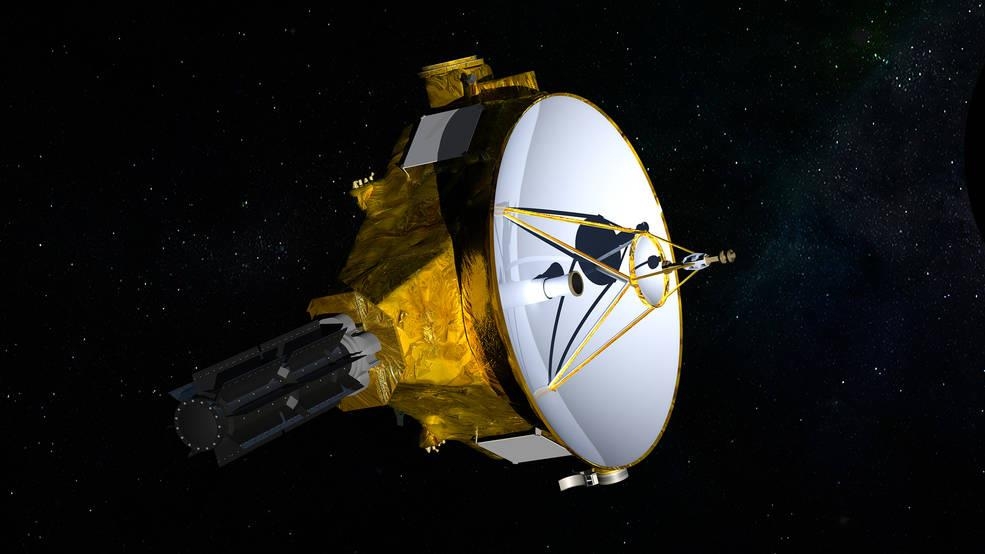Kuiper belt flying outside 7.5 billion km… It takes 14 hours to go back and forth at light speed only to confirm receipt of the command.

[NASA/JHUAPL/SwRI 제공/ 재판매 및 DB 금지]
(Seoul = Yonhap News) Reporter Eom Nam-seok = The US deep space probe’New Horizons’ recently passed a’milestone’ that is 50 times the average distance from the Earth to the Sun. From the Sun, it is moving into deeper space past 50 AU (astronomical unit, 1 AU = 14959 million km).
According to the National Aeronautics and Space Administration (NASA), when launched on January 19, 2006, the escape speed was 16.26 kilometers per second, and the record still remains unbroken after 15 years. It surpassed 50 AU, which is about 7.5 billion km away.
It takes 14 hours for the signal to travel at the speed of light only to check that the Earth Control Center sends orders to the New Horizons and receives them properly. It is said that only Voyager 1 and 2 and Pioneer 10 and 11 have flown so far.

[NASA/Johns Hopkins APL/Southwest Research Institute/ 재판매 및 DB 금지]
“One of the realizations of how far you are is the time it takes to make sure that you have received an instruction from Earth,” said Alice Bowman, New Horizons Operations Manager at the Johns Hopkins Institute for Applied Physics (JHAPL). It was confirmed as, but now it takes 14 hours to make extreme distances a reality.”
The New Horizons is currently flying the Kuiper Belt, known as the home of a short-period comet outside Neptune’s orbit, and recently took a space photo of the Voyager 1 out of the solar system among the first human-made spacecraft here and sent it to Earth.
The Voyager 1 in the interstellar space is 22.9 billion kilometers (152 AU) from the sun and 18 billion kilometers from the New Horizons. It is said that this is the first time that a space image from a distant place has been photographed and transmitted.
The sparkling things around are stars such as the sun or galaxies in further distant locations, and the Voyager 1 is only one trillionth of these stars, NASA explains.

The yellow circle in the center indicates where the Voyager 1 is estimated through radio waves. NASA/Johns Hopkins APL/Southwest Research Institute / Resale and DB ban]
In February 2007, one year after the launch of the New Horizons, Jupiter’s fly-by flight reduced the flight period to Pluto by about three years. It also captured the scene of the eruption of a volcano and transmitted it to the Earth.
Subsequently, in July 2015, the human probe first approached and explored Pluto, the only planet in the solar system that has not been visited, and on January 1, 2019, the Kuiperbelt astronomical object’Arocos’, nicknamed’snowman asteroid’. ‘(Arrokoth), close to 3,540 km, conducted scientific exploration and gravity-assisted flight.
The New Horizons operation team is currently searching for new objects in the Kuiper Belt to explore while flying gravity-assisted, and plans to upgrade its software this summer to improve its scientific exploration capabilities.
The New Horizons, equipped with nuclear cells and equipped with enough power to operate until the late 2030s, is currently in good condition and is collecting data on the Kuiper Belt’s solar wind and space environment.
Unauthorized reproduction-redistribution prohibited>
2021/04/20 16:44 sent
